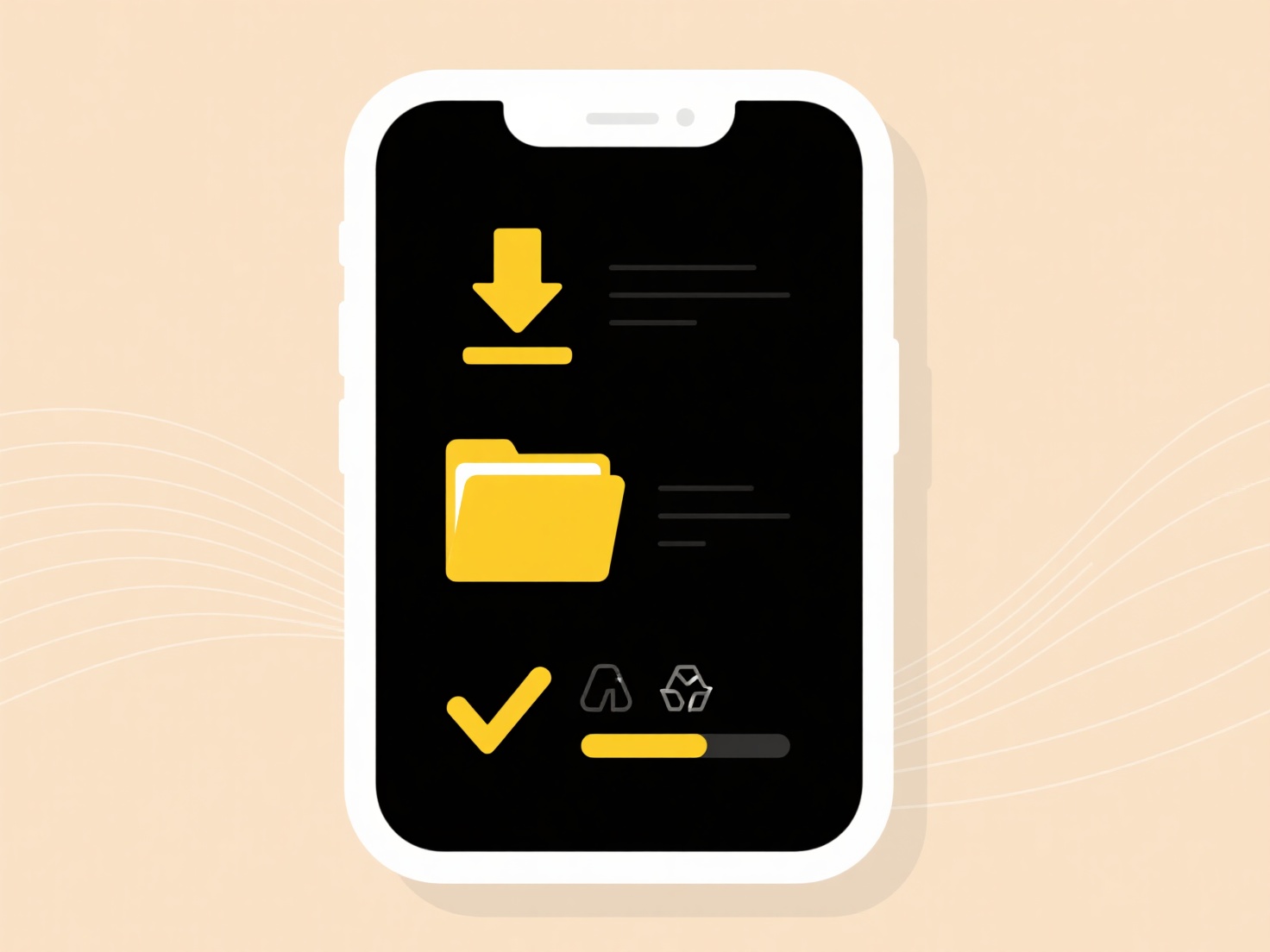
Batch file renaming involves changing the names of numerous files located in different directories automatically, rather than one by one. It differs from renaming files within a single folder as it typically requires tools that can access and process files scattered across a deeper folder hierarchy simultaneously. This function searches for files matching specific criteria across folders and applies consistent naming patterns or changes.

Common scenarios include photographers organizing a project by adding shoot dates to RAW files distributed across client subfolders, or a software developer updating documentation filenames (like changing "v1_guide.txt" to "v2_manual.txt") throughout a complex project directory structure. This is achieved using specialized renaming software, command-line tools, or scripting languages (Python, PowerShell).
The main advantage is significant time savings and ensuring naming consistency across scattered files. Key limitations are the risk of accidental renaming errors if filters aren't set precisely and the lack of built-in support in basic file explorers. Careful verification using preview features before final execution is crucial. Future tools may incorporate smarter pattern recognition using AI.
Can I rename files across multiple folders at once?
Batch file renaming involves changing the names of numerous files located in different directories automatically, rather than one by one. It differs from renaming files within a single folder as it typically requires tools that can access and process files scattered across a deeper folder hierarchy simultaneously. This function searches for files matching specific criteria across folders and applies consistent naming patterns or changes.

Common scenarios include photographers organizing a project by adding shoot dates to RAW files distributed across client subfolders, or a software developer updating documentation filenames (like changing "v1_guide.txt" to "v2_manual.txt") throughout a complex project directory structure. This is achieved using specialized renaming software, command-line tools, or scripting languages (Python, PowerShell).
The main advantage is significant time savings and ensuring naming consistency across scattered files. Key limitations are the risk of accidental renaming errors if filters aren't set precisely and the lack of built-in support in basic file explorers. Careful verification using preview features before final execution is crucial. Future tools may incorporate smarter pattern recognition using AI.
Quick Article Links
Can I mirror my local folder to the cloud in real time?
Real-time folder mirroring to the cloud continuously synchronizes the contents of a specific local directory on your com...
How do I standardize file names across a project?
File naming standardization involves establishing consistent rules for naming files within a project. This creates predi...
What happens to my local files if I cancel my cloud subscription?
Cancelling a cloud subscription stops your access to the cloud storage service and its features, like syncing or accessi...